
Written by Jen Golay
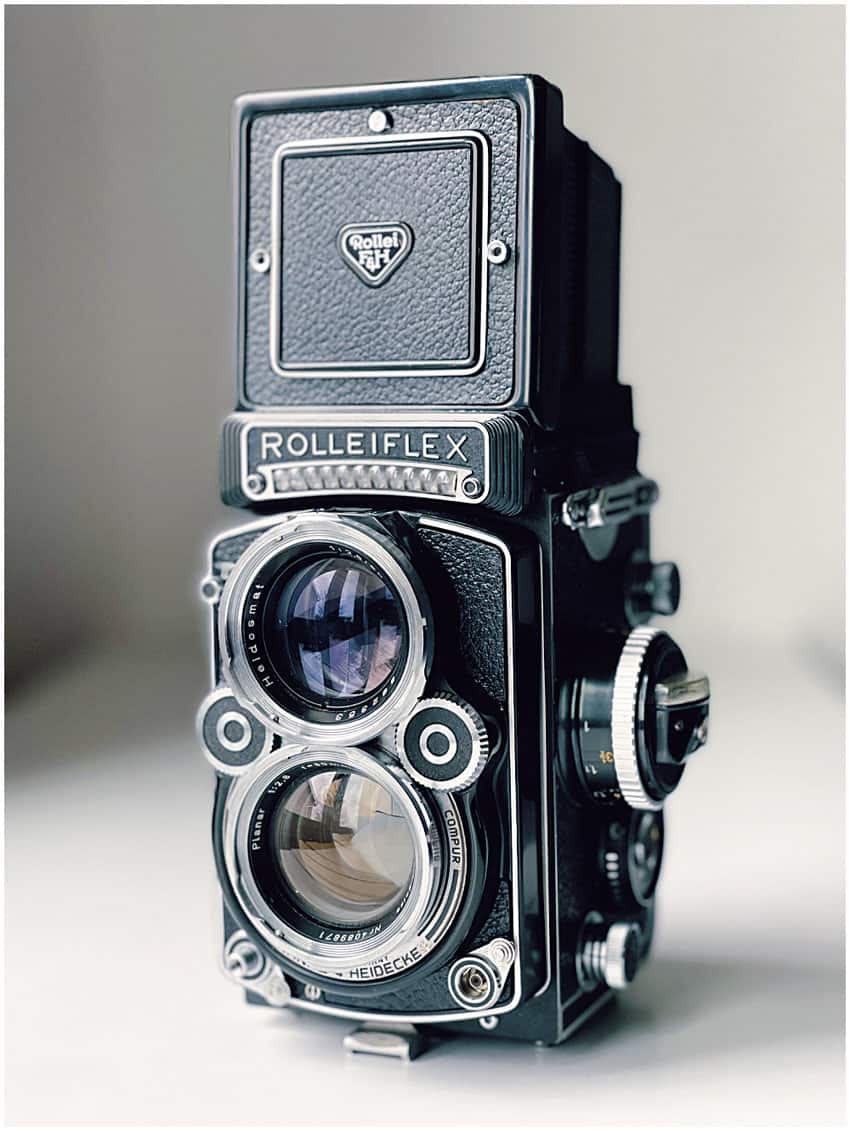
The Rolleiflex twin lens reflex cameras are some of the most iconic cameras ever made. Besides the Hasselblad cameras, the Rolleiflex is probably the most recognizable camera in the world.
And while it has always been a popular camera, it has enjoyed a recent revival of its fame since the discovery and publishing of the Vivian Maier archive in 2011. I acquired my first Rolleiflex camera shortly after the phenomenon of the world’s fascination with her work took off. And while I am not a street photographer like she was, I loved the look and feel of the camera, its ease of use, and the square format.
I was fortunate to have a friend with a spare Rolleiflex 3.5 MX-EVS (find on eBay) who was willing to loan the camera to me for the summer with the option of purchasing it if I wanted to. I don’t think it took me more than a roll or two of film before I knew I loved this camera style! I think I paid for the camera within the month!
By the end of the year, I was ready to upgrade, and I bought a Rolleiflex 2.8F. Though the Rolleiflex wasn’t my first medium format camera, it is without doubt my favorite. I will always own and use a Rolleiflex!
Find the Rolleiflex TLR film cameras at KEH Camera or on eBay.




History of Rolleiflex Cameras
Rolleiflex was founded in 1920 as an optical instrument manufacturing business by Reinhold Heidecke and Paule Franke, two German camera makers from Braunschweig. They began to develop what would become the industry standard for TLR cameras.
The first Rolleiflex, as we know it today, was not released until 1929. It sold for $75—about $1127 today.
It used B1 film and produced six 6x6cm frames, which were more than four times larger than 35mm film. It could be converted to use 120 or 620 film to produce the 12 frames we are familiar with today. The back was not hinged to the camera. The film was advanced with a knob, and there was no frame counter.

Rollei mythology says that Heidecke got the idea for the twin lens reflex style camera while looking through a periscope over the top of a trench during WWI. And while this sounds like a great story, it’s not exactly accurate. TLR style cameras had been around for about 30 years.
Throughout the next few years, Heidecke and Franke improved on their design adding a hinged back, a crank lever film advance, and a frame counter, making the Rolleiflex of 1935 only minorly different from the Rolleiflex of 2015.
The company went on to make the less expensive Rolleicord as well.
Other companies copied the TLR style of camera, but Rolleiflex was always the industry leader. The success of the Rolleiflex TLR was undoubtedly due to its high-quality construction; small, light-weight size compared to the press cameras in use at the time; its use of roll film; and sharp Zeiss lenses.

Rolleiflex and the Rise of 35mm
By the 1960s, the camera industry had changed radically with 35mm cameras and other medium format cameras growing in popularity, and Rolleiflex sought to diversify with 35mm cameras. However, Nikon, Canon, Pentax, and Olympus had the largest 35mm market shares.
Rolleiflex added features to its TLR camera such as a light meter and 35mm capabilities, but this was not enough to keep the brand profitable, and in 1981, the company filed for bankruptcy.

Rolleiflex Today
Rolleiflex continued on through various iterations and restructurings until 2015 when production was halted. A smaller company was created with former employees under the name DW Photo that produces the Rolleiflex HY6 mod2 digital and film SLR and services existing cameras.
You can find Rolleiflex cameras of various models on eBay or at KEH Camera ranging in price anywhere from $300 for an MX-EVS to $2600 for a 2.8f and up to $6000 for a gx.
If you’re in the market for a Rolleiflex, take a look at this must-read article from B&H on what to look for and what to avoid. The pricing is a little out-of-date, but the information is not. And take a look at this article for a general break down of the various models.

What is a TLR Camera?
Rolleiflex cameras are twin lens reflex cameras (TLR). They differ from a single lens reflex camera (SLR) in several ways.
The biggest difference is the most obvious one: the TLR has two lenses. It’s important to note that they are not identical twin lenses.
The top lens of a TLR is the “viewing” lens. It’s what the photographer sees when looking through the viewfinder. The bottom lens is the “taking” lens. It’s what the film sees.
A TLR has a waist level viewfinder, which means the photographer doesn’t hold the camera up to the eye to look through the view finder. Like a rangefinder, a TLR camera’s viewfinder does not see what the film sees; therefore, it is subject to parallax error when taking images at minimum focus distances.
And while a TLR camera has a mirror, it is not like the mirror in an SLR camera. The mirror in a TLR camera is stationary and does not move out of the way when the shutter button is pushed.

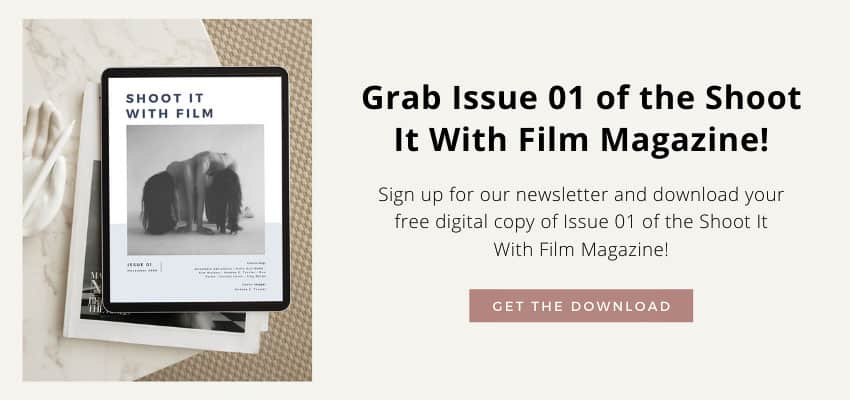
The Rolleiflex Viewfinder
“Leaning over the first Rollei much like a prophetess over her crystal ball, one questions Time.”
– Robert Doisneau
Let’s talk about the viewfinder. Looking through the viewfinder of a Rolleiflex or any camera with a waist level viewfinder can be rather surprising and even a little disconcerting the first time.
I remember the first time my son looked through a waist level viewfinder and said, “Mama! Did you get a 3D camera?!”
It’s an amazing view!
When focused, everything seems to stand out from the background and appears even sharper than it does in real life. A camera with a bright focus screen is magical.
Unfortunately, not all waist level viewfinder cameras have bright focus screens—especially the early Rolleiflex cameras, but these can be replaced by experts with brighter focus screens.

Flipped Image Through the Viewfinder
The other thing that is strikingly unusual is that the image is flipped horizontally so that what appears to the eye to be on the left side of a shot, looks to be on the right side of the frame when looking through the viewfinder.
SLR cameras have a prism above the lens and internal mirror that flips the image so it appears through the viewfinder as the eye sees it.
The mirror in a TLR is set at a 45-degree angle behind the viewing lens. It directs the image projected on it through the lens up to the focus screen. It appears horizontally reversed because the eye is actually seeing a reflection of the scene in front of the camera.
This takes a bit of getting used to when first shooting with a TLR. If the scene needs to be shifted to the left to get the desired framing, the camera must be moved to the right. It may take a few rolls of film before the photographer is used to this, but it eventually becomes second nature.
I think every photographer should have at least one experience using a waist level viewfinder. It’s a unique way to see things. I love the way I see the world through a waist level viewfinder.



The large focusing screen and the wide-open waist level viewfinder make focusing so much easier than any other camera held to the eye in my view.
And if more precision is required to achieve focus, there is a pop-up magnifier to assist. I very rarely miss focus with this camera, and my keeper rate is nearly 100%.
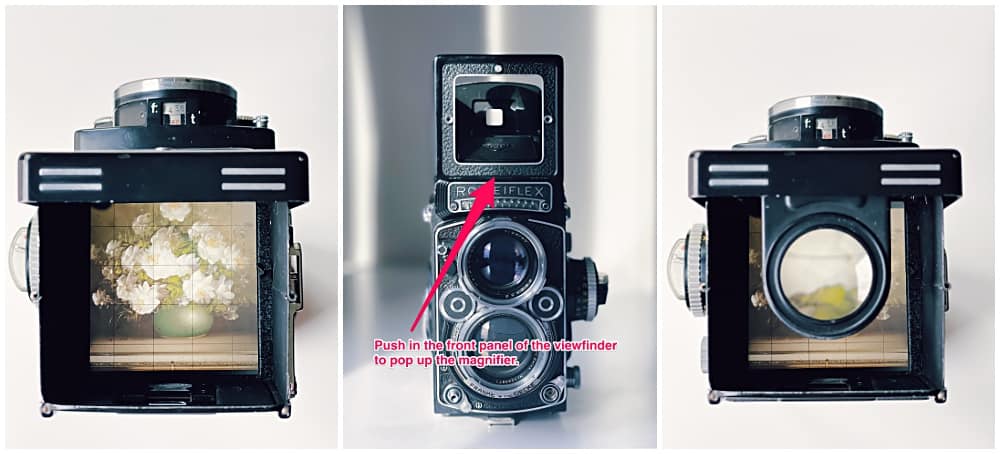
Click to enlarge
Using the Rolleiflex 2.8F
Many photographers say that they love shooting with film cameras because they slow down and take the time to really choose their shots, frame them carefully, and make sure they are in focus before pressing the shutter button.
The Rolleiflex camera is perfect camera for that exact experience.
The video below walks you through how to use the Rolleiflex 2.8F. The process and features will be similar with other Rolleiflex models as well. You can also find a written overview below.
Loading the Camera
Video Timestamp: 1:10
Loading the camera is quite straightforward. The lever at the front of the camera base that looks like a little foot is the film door latch. Push the switch underneath of it just above the arrow counterclockwise and lift the bottom of the camera up by pulling the lever.
It helps to put the camera face down on your lap to do this. The film door is L-shaped because it includes the bottom and back of the camera.
A spare take-up spool needs to be inserted in the compartment at the top of the camera, and the new roll of film will go in the bottom compartment.
The most important thing to know about loading a Rolleiflex camera is that the film MUST go underneath the silver bar at the bottom of the camera before it is secured in the take-up spool.

Click to enlarge
Once the film is attached to the take-up spool, use the film advance crank on the right side of the camera to slowly wind the film on to the spool.
Stop winding and close the film door when you see the start arrow just at that silver bar at the base of the camera.
Make sure the switch is back in place and the lever is firmly latched. Then, continue to wind the film with the crank until the camera clicks and the crank no longer moves. Move the crank backwards a half turn so that it fits back into place and is out of the way while shooting.
The film counter on the right side of the camera should show 1. Your shutter is cocked, and you are ready to take your first image!

The Leaf Shutter
Video Timestamp: 2:00
When you opened the Rollei, you might have noticed that you could see the entire interior of the camera and that there was no shutter. This is because Rolleiflex cameras have a leaf shutter, which is built into the lens.
This is one of the features that makes the Rollei such a great camera.
It also means that the sync speed is the maximum shutter speed: 1/500th of a second. And while there are flashes and flash brackets that can be used with Roleiflexes, most photographers find that unlimited sync speed most valuable in the studio with strobes and remote flash triggers.
Also, the mirror in a TLR is stationary and does not move, so there is no mirror slap or vibration from the mirror when you press the shutter. This means that the Rollei can be shot at very low shutter speeds hand-held.

Shooting Your First Frame
Video Timestamp: 5:30
Let’s get back to shooting your first frame.
My Rolleiflex 2.8F has a built-in, coupled light meter. It’s the row of diodes underneath the name plate at the top of the camera.
But until the Rolleiflex 2.8E that came out in 1956, Rolleiflex cameras did not have a light meter. Even though mine has a meter, I’ve discovered that it isn’t very accurate and tends to underexpose by a stop or two. So, I use a handheld light meter.
Once I have my exposure, I set my shutter speed and aperture on the camera.
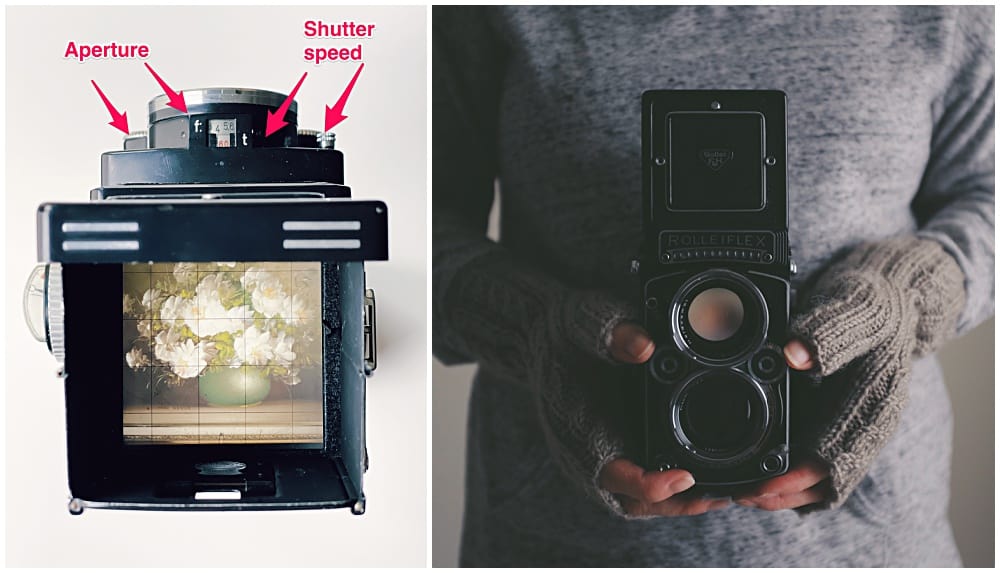
Again, Rolleiflex cameras are designed to perfection, making them so easy to use. Hold the camera in both hands. When you do, you’ll notice that your thumbs line up with the two knurled wheels on each side of the camera.
Those wheels set the aperture and shutter speed. The window at the top of the lens shows the settings.
Once those are dialed in, focus the shot with the large wheel on the left side of the camera. There are distance markings on the edge.
Remember, if you need it, pop up the magnifier to fine tune your focus.
When you’re ready, press the shutter button with your right index finger. Voilà! Your first frame!
Fold out the crank on the right side of the camera and advance the film. Turn the crank once until it stops (about ¾ of a turn), and then move it back. This advances the film and cocks the leaf shutter so you’re ready for the next shot.
Do this 11 more times to finish off your roll of 12 frames. When you shoot your last frame, continue winding your film until you feel the roll end. Open the camera, remove the film, secure the end, move the empty spool, and load your next roll!

Click to enlarge
Using the Sports Viewfinder
Video Timestamp: 7:30
There is one more feature on the Rolleiflex I want to mention. I had been shooting my Rolleiflex for years before I realized what this was. There is a “sports” viewfinder.
Those quotations really should be air quotes because this “sports” viewfinder really isn’t more than a framing device.
If you hold the camera up so you can look at the back of the viewfinder hood, you’ll see two openings. The top opening is a square and the bottom opening is a circle with a magnifying glass in it. To be able to use these viewing options, you’ll need to press in the front panel of the viewfinder hood and snap it into place.

Click to enlarge
Underneath that panel is a mirror, so when you look through the round magnifier, you can see what the viewing lens sees. But be warned: everything is upside down. If for some reason you need to hold the camera higher than you’re able to use the waist level viewfinder, you can use this one instead.
It’s a challenge to get everything in the frame as you want it because it’s all magnified, upside down and backwards.
If you’re trying to capture some action that you need to follow as it moves, you can use the square opening. This is really only used to frame the shot. You will need to zone focus (guestimate the distance to the subject and dial it in on the focus wheel) and then push the shutter button.

Accessories for the Rolleiflex 2.8F
There are many accessories available for Rolleiflex cameras. They include:
- An array of colored filters for black and white film (find on eBay)
- Rolleinar sets of close-up filters (find on eBay) – Video Timestamp: 8:25
- A prism viewfinder (find on eBay)
- Lens hood (find on eBay) – Video Timestamp: 10:50
- Meter diffuser (find on eBay)
- Leather camera strap and every ready case (find on eBay)
- Rolleikin for shooting 35mm film (find on eBay)
- Extension hood to better block out light and see the focus screen (find on eBay)
- Flash (find on eBay) and flash bracket (find on eBay)
There are many more accessories than these if you want to dig deep into Rollei culture and lore.
The accessories I have are below:

I use almost all of the accessories pictured above. The only ones I rarely use are the meter diffuser (which turns the reflective meter into an incident meter) and the 35mm adapters.
I use the camera strap every time I shoot, but it is nice to be able to remove it so quickly and easily by squeezing the “alligator” and sliding the strap off the camera.
I use the lens caps every time my camera isn’t in use. I use the lens hood when shooting in bright sunlight. And I use the Rolleinar close-up filters for portraits and other up-close work.
The 35mm adapters are 3D printed by Randy Smith of Holgamods.com, and can be used with 35mm film in any medium format camera. They are a little tricky to use because you’ll need a darkroom or changing bag to rewind your film back into the canister.
It’s also really challenging to know how much to wind the film before cocking the shutter. If you’re willing to take on those challenges, the rewards can be quite fun.

The Rolleinar Close-Up Filters
Video Timestamp: 8:25
I want to talk specifically about the Rolleinar close-up filters (find on eBay) because they are unlike any filter you may have used with any other camera system.
Because the Rolleiflex is a TLR and subject to parallax error when shooting up close, it needs two filters to do it. One filter on the taking lens magnifies the image, and one filter on the viewing lens corrects for parallax error.

The filters are ingeniously designed to be attached to one another when not in use. And you can use this stacked design to attach them to the camera and remove them from the camera.
To attach them to the camera, first attach the narrow filter to the lower taking lens. Then unscrew the correcting filter for the viewing lens and attach it to the upper lens. Note that the correcting filter is always the wider filter.
Reverse the process when you want to remove and store the filters. First, unscrew the correcting filter. Then, attach it to the close-up filter on the taking lens. Finally, remove both lenses (still attached) from the camera all together.
Rolleinar filters are available in magnifications of +1, +2, and +3. I have all three sets, and I use all three.



A Collection of Images from the Rolleiflex 2.8F
My Rolleiflex 2.8F camera is my favorite camera. It’s my desert island camera—assuming I get stuck on an island where film grows on trees and there’s a lab around the corner.
It’s my favorite camera for travel, for photo walking, for portraiture, for street photography, and to photograph my family.










Street Photography with the Rolleiflex
As I said before, I am not a street photographer, but I try to challenge myself to do more street photography when I can, and my Rolleiflex is my favorite camera to use.
It’s stealthy because it doesn’t have to be brought to the eye to aim and focus. Most people just think you’re fiddling with your camera—if they even realize it’s a camera.
I’ve been complimented on my cool handbag and stylish necklace when I’ve been out shooting with my Rollei. Because it has a leaf shutter, it’s also very quiet. It’s impossible to hear the shutter when shooting in a busy public space.

Often, despite my attempts to be stealthy, people frequently notice my Rolleiflex. I like to say that my Rollei has introduced me to some of the most interesting people because it is a great conversation starter.
The conversations often go like this:
“Cool camera!”
“Thanks!” I say. “It’s a Rolleiflex film camera.”
“Really?! Can you still get film for that thing? Where do you get it developed?”
“Oh, yes! My lab is in Utah,” I reply.
“Wow! My (dad, aunt, grandfather) had one.”
And then the conversation will continue down different roads depending on what other information the person has to share.
Because of the perpetual interest in my camera, I started a personal project called “Roaming Rollei.” Whenever anyone engages me in conversation for more than five minutes about my camera, I ask the person if I can take a portrait. I think I have only been refused once or twice.


I am a big fan of Vivian Maier, and while I don’t have the talent she had in her little finger, I do find her work inspiring. So, when I am photo walking, I try to snap a self-portrait with my Rollei whenever I can.
If you ever have the chance, take a look at the book Vivian Maier Self-Portraits for some inspiration.

Whenever I am out with my Rollei, I almost always try to get a through-the-viewfinder shot, a portrait of a stranger, and a self-portrait. It’s a good creative and personal challenge.

Final Thoughts
If I have to be objective, I suppose I can come up with a list of pros and cons for Rolleiflex cameras, but I am pretty sure my list of cons will be minimal.
Rolleiflex cameras are iconic, beautifully designed, and solidly engineered cameras. They are timeless, not only in appearance but also in use and in the images they create.
They have a large focus screen and sharp lenses with leaf shutters making them quiet, easy to hand hold at slow speeds, and synced at all shutter speeds. They create large 6x6cm negatives and can shoot 120 or 220 film.
Some might consider the reversed image in the viewfinder, the fact that one roll of film only creates 12 images, the maximum shutter speed of 1/500th of a second, the fixed 80mm lens, or the lack of a meter downsides to using a Rolleiflex, but for me these are either creative challenges or not an issue.
Rolleiflex cameras are so easy to use that a photographer of any skill from a beginner who has just learned the exposure triangle to a seasoned professional will enjoy creating with any one of the many Rolleiflex models.
So, if you’d like a camera that turns heads yet is stealthy, a joy to use, and want to join the ranks of Richard Avedon, Robert Doisneau, Diane Arbus, Vivian Maier, Imogen Cunningham, Robert Capa, or Alfred Eisenstadt, find yourself a Rolleiflex in your price range and go start your love affair with this marvel of German engineering and creativity!

Thank you so much, Jen! Jen is a regular contributor here at Shoot It With Film, and you can check out her other articles here, including How to Shoot Kodak Gold 200 and a review of the Fuji GA645. You can also check out more of Jen’s work on Instagram.
If you have questions about the Rolleiflex 2.8F or any of the other Rolleiflex cameras, leave them below in the comments! And you can pick up a Rolleiflex TLR film camera for yourself at KEH Camera or on eBay!
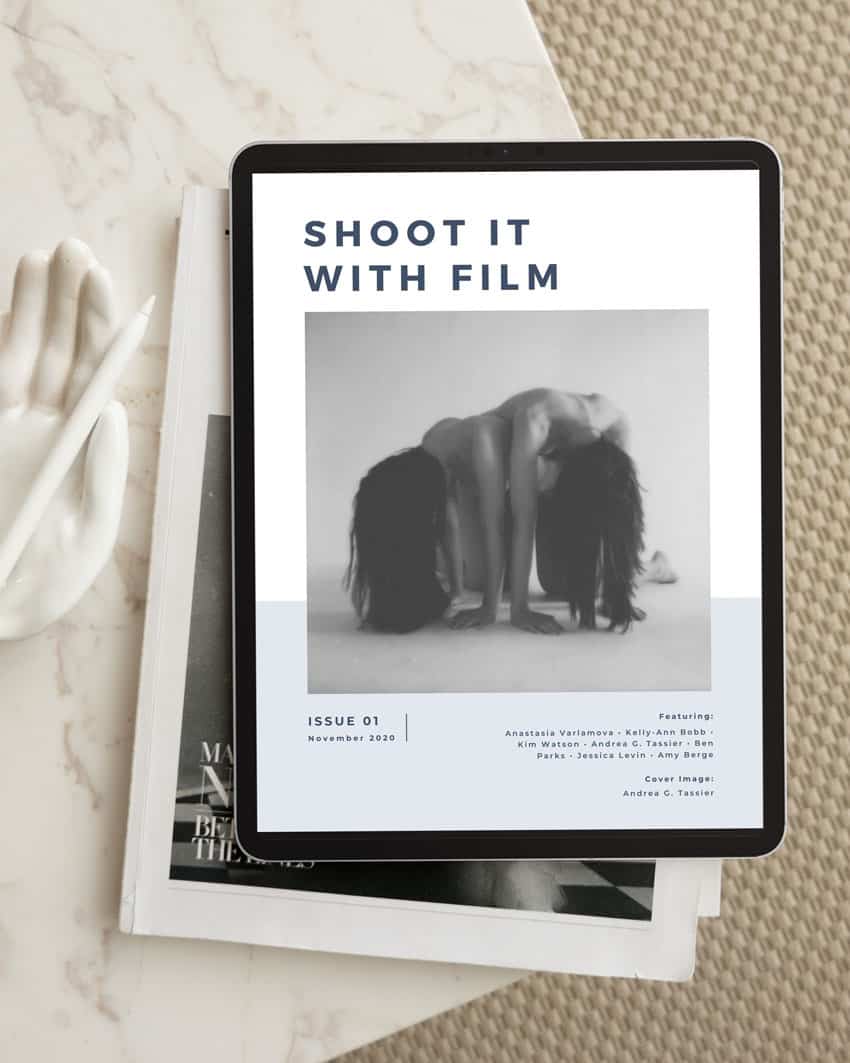




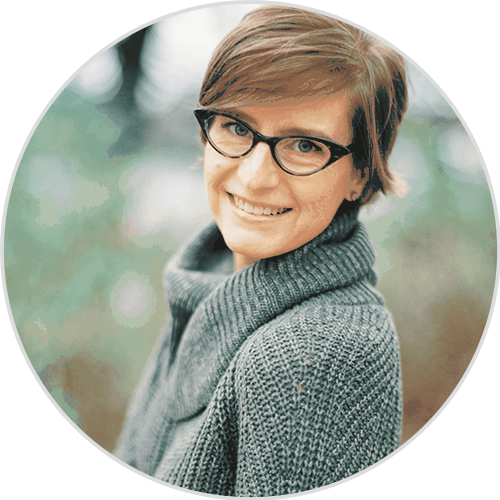


Blog Comments
Cheyenne Morrison
December 4, 2020 at 3:33 pm
The great Brazilian songwriter Antônio Carlos Jobim used a Rolleiflex and it’s mentioned in his timeless bossa nova tune “Desafinado” (“Slightly out of tune”):
“É que os desafinados também têm um coração
Fotografei você na minha Roleiflex
Revelou-se a sua enorme ingratidão
Só não poderá falar assim do meu amor”
Here is an English translation:
“Is even if I’m out of tune I have a gentle heart
I took your picture with my trusty Rolleiflex
And now all I have developed is complex
Possibly in vain, I hope you weaken, oh my love”…
Jen Golay
December 7, 2020 at 5:57 pm
I love this! Thank you so much for sharing it.
Bruce Heyne
December 4, 2020 at 8:18 pm
Very good article about a sadly forgotten type of camera. There is no better street camera IMO. One of its niftiest tricks always I thought is to be used as a periscope to take pictures held (upside down) high over your head or unseen from around a corner. I used and loved a Rolleiflex for a lot of years. I currently carry a Mamiya C330 Pro S, a crude boat anchor compared to a Rollei, but the flexibility to change lenses is nice
Jen Golay
December 7, 2020 at 5:59 pm
I have used the Rollei that way once, I think. But now that you say it, I am going to make sure to try it again the next time I am out shooting. I have been tempted by a Mamiya C330 mainly because of the bellows focusing. I love shooting things up close and personal, and the bellows would be great for that.
Peter Modzelewski
December 4, 2020 at 9:18 pm
Fun fact: Reinhold Heidecke and Paule Franke both worked at Voigtlander together (one was an engineer and the other a sales rep). The design of the TLR was loosely based on a stereoscopic Voigtlander camera. After leaving Voigtlander to start their own company, and releasing the Rolleiflex, Voigtlander was determined to release a TLR camera of their own. However since the Rolleiflex was already protected with many patents, Voigtlander was forced to work around them when designing their own camera: the Voigtlander Superb, a really interesting camera in its own right.
Jen Golay
December 7, 2020 at 6:01 pm
Thank you for sharing that wonderful nugget of information about Heidecke and Franke. I believe I had read that they had worked for Voigtlander, but I didn’t know about the stereoscopic Voigtlander camera the Rollei was based on. I love details like this!
Brett Rogers
December 19, 2020 at 7:23 am
“Leaf shutters mean that there is no mirror slap like there is in an SLR camera, so the Rollei can be shot at very low shutter speeds hand-held.”
I was using one of my favourite 35mm SLRs today, a Bessamatic model circa 1959–60 manufactured by Voigtländer. It has a leaf shutter. I am pretty sure I didn’t imagine the sound of its mirror (and capping plate) retracting or the vibration connected to same. Although I could have prevented this if I’d really needed to, by setting the shutter self timer.
I could say the same about my Contaflex single lens reflexes for that matter. Or my 500C/M. All use lens shutters, and all have mirror-related vibration—the latter more pronounced, obviously.
The reason a 2.8F (or any other model Rollei TLR, for that matter) has no mirror slap is *not* because it is has a lens shutter. It is because it *is* a Twin Lens Reflex—the reflex mirror is securely affixed to the camera body. This has *nothing* to do with the type of shutter fitted to it.
Prior to WW2, Zeiss Ikon manufactured another Contaflex—the Contaflex TLR. I mention this as an example, specifically because it is a twin lens reflex and it used a focal plane shutter. Guess what? No mirror slap, either.
Rangefinder-type cameras are not cursed by mirror-induced vibration, either. Various models too numerous to list, have at times been designed with either a focal plane shutter, or a lens shutter. Once again, the shutter installation involved is absolutely immaterial to the absence of a retracting reflex mirror.
It’s all about the details.
shootitwithfilm
December 23, 2020 at 7:20 pm
Thank you, Brett! We’ve updated the article!
David
March 29, 2023 at 2:55 pm
Hi
I love your website. I’m a hobby photographer and shoot film with a Leica M6 but would like to try medium format. I am considering a Rolleiflex 3.5e Xenotar. Would you recommend an E over the more common T and is it worth looking out for a 2.8 as distinct from 3.5 ? Any advice would be much appreciated
all best
David (from London)
Jen Golay
March 31, 2023 at 8:12 am
Hi David! Thank you so much for your comment! I’m so glad you like Shoot It With Film! In the Rollei world, you’ll encounter intense debate on which models and lenses are the best. For me, any Rollei, Hasselblad or Leica (I’m so jealous of your M6!) cameras are fantastic machines and amazing feats of engineering. They will all produce beautiful images. So unless you’re a gear head or pixel peeper, you can choose any Rolleiflex in good condition and have a wonderful camera to use. I believe that the biggest difference between the two cameras you are considering is do you want that extra almost full stop of light and depth of field? (I almost always do.) I think it will also depend on your budget and how much you are willing to spend. The 2.8 models are usually a bit more expensive. If you’d like a more detailed breakdown of the different Rollei models, this website is really helpful. https://www.filmshooterscollective.com/analog-film-photography-blog/rolleiflex-buying-guide-1-11